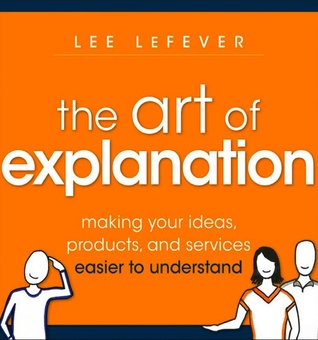
Even the most highly achieved professors may not be so good at lecturing students. Those professors probably thought they “explained” well, but receivers didn’t get it. Given that they are the topic experts, the failure shows that “explanation” is more than stating information.
An explanation is transferring information from my brain to the receiver. In computers, it is a simple copy & paste, but humans don’t have this elementary capability. So, when I convert abstract concepts in my brain to human language, there’s a loss of information. Then, there are more losses as the receiver’s brain process the data and save it. A subtle miss in this process can increase the loss rate to 100%, making the “explanation” completely useless. Furthermore, the loss rate is harder to control when multiple people are involved. Thinking this way, as each individual has their own way of thinking, explanation without loss seems impossible. However, we can still aim at successful deliveries, and this book covers how we can achieve it.

- Explaining is a skill. Like any other skill, you need to analyze and practice to improve.
- You need to build a strategy for the audience. Let’s say the audience level can be linearly rated from A to Z, where Z is the target. It can be sufficient to show a specific example to bring the audience from Y to Z, but you need to provide more context and lead them to D first if they are now at A.
- You can use mediums effectively. Sometimes, a 4-minute video can be amazingly effective.
A compelling explanation is still hard to achieve in practice, but the book provides valuable foundations. As the world continuously gets more complicated, individuals and corporations will work in more specialized and narrower areas, making it harder to understand each other. So, I believe explanation skills will get more valuable over time.
Good explanations help us understand each other better, and if you can narrow the gap, you will undoubtedly be priceless in larger organizations or society. Companies can run more efficiently by delivering visions to employees clearly. Governments can apply new policies easily with more trust. This book provides a good opportunity to think about this valuable skill of explaining. ∎